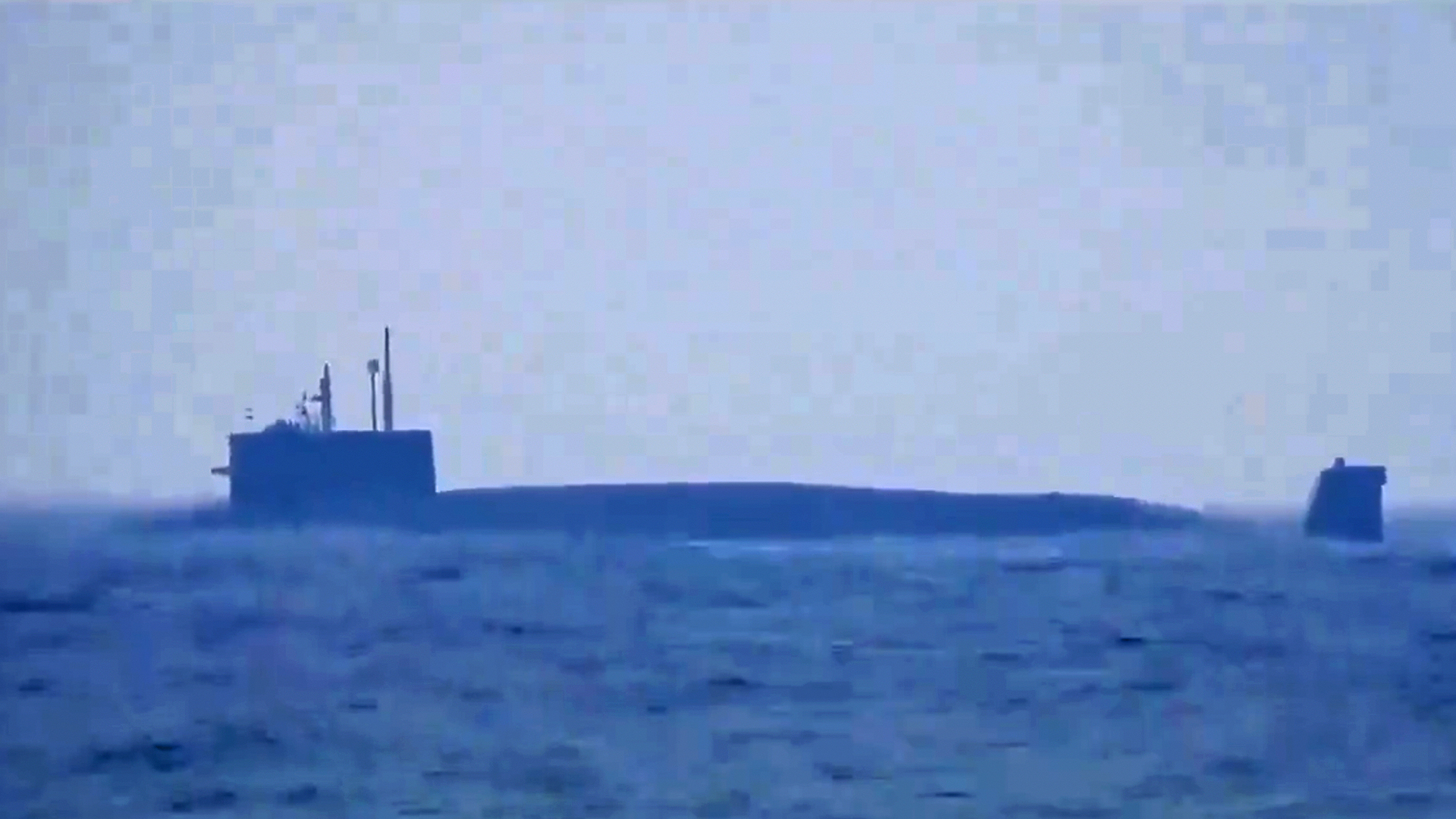India has introduced to service its second nuclear-powered ballistic missile submarine, or SSBN, INS Arighat, marking a significant development in the country’s burgeoning strategic nuclear capability. The new submarine, armed with indigenously developed ballistic missiles, is understood to incorporate improvements over its predecessor, although India’s SSBN fleet, and its nuclear forces in general, continue to be hugely outstripped by those of China, one of its main strategic rivals.
INS Arighat was commissioned into the Indian Navy today at the Ship Building Center (SBC) at Visakhapatnam in the southern coastal state of Andhra Pradesh. The commissioning was apparently a low-key affair, befitting the secretive status of the Indian SSBN program, although reports indicate that the country’s Minister of Defense Rajnath Singh was present at the event.
The new SSBN, INS Arighat — a name that means ‘destroyer of the enemy’ in Hindi — has the pennant number S3 and is the second of its kind for India after the INS Arihant, or S2, which was commissioned in August 2016.
INS Arighat was launched at the SBC in 2017 and has since undergone extensive at-sea testing, reportedly being declared fully ready for service earlier this month.
In keeping with the cloak of secrecy that surrounds much of the Indian SSBN project, the specific improvements that the new boat offers over its predecessor have not been disclosed in detail. However, one puzzling claim is that it carries more submarine-launched ballistic missiles, or SLBMs, than INS Arihant. References have otherwise been made to “more refined capabilities” in the new submarine.
“While INS Arighat is of the same size, length, and displacement as INS Arihant, she can carry more K-15 missiles. The new boat is much more capable, efficient, and stealthy,” an unnamed source told The Times of India.
The implication of this claim is unclear since both the INS Arihant and Arighat are reported to have four missile launch tubes, each normally accommodating a single K-15 SLBM.
It may be the case that INS Arihant actually goes to sea with a bigger load of K-15s, which would involve some significant design changes, such as larger-diameter tubes able to accommodate multiple missiles, perhaps as many as three, according to some accounts. Alternatively, it may refer to the ability of the INS Arighat to carry other types of missiles.
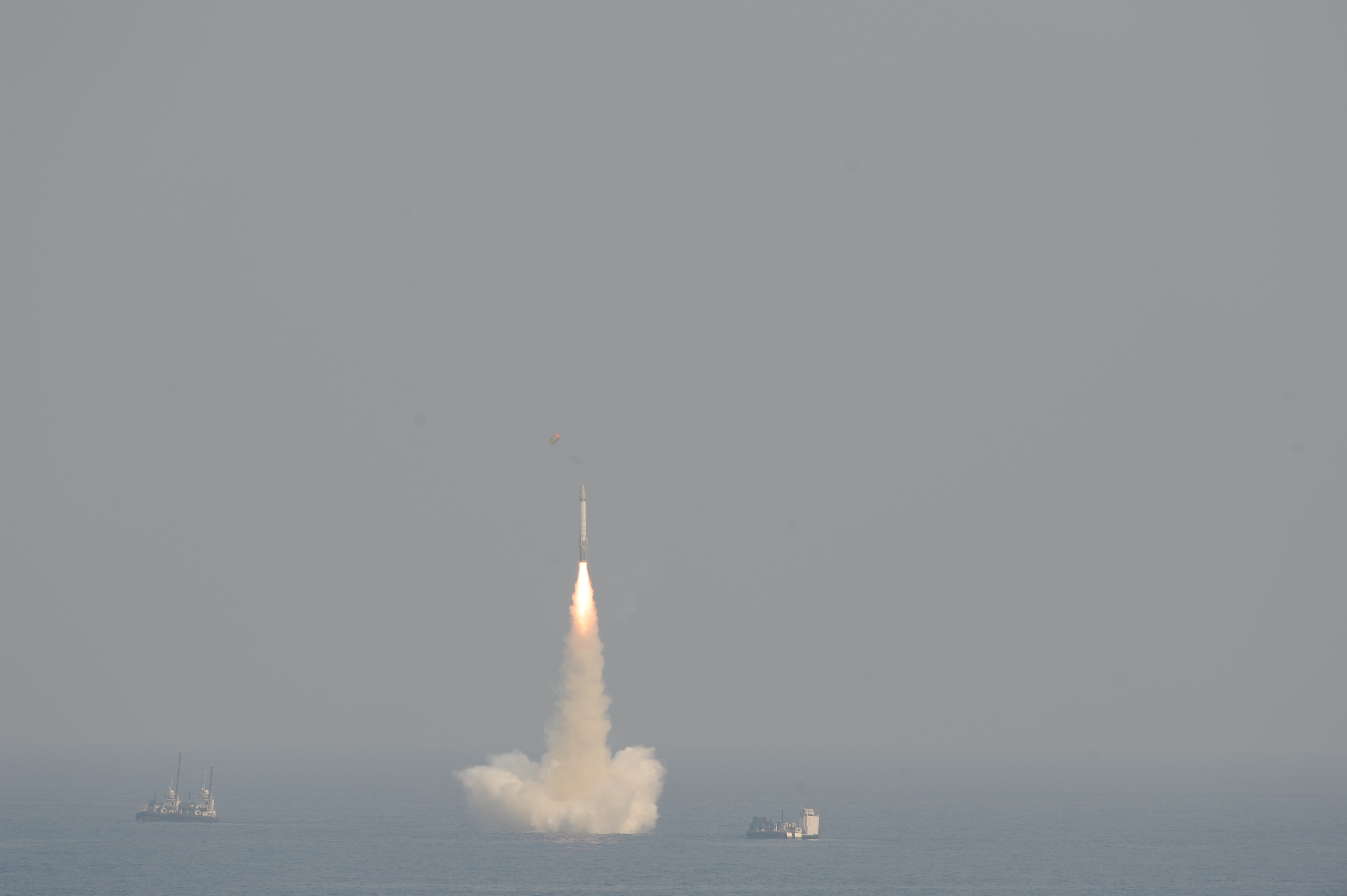
As for the K-15 SLBM, this has a reported range of around 466 miles, making it a short-range ballistic missile, a category of weapons normally classified as those able to strike targets within a radius of 1,000 kilometers (621 miles). The missile is powered by a two-stage solid propellant motor.
The K-15 missile carries a nuclear warhead, although a conventional alternative is also thought to be available. In addition to SLBMs, the Indian SSBNs are also armed with torpedoes.
Bearing in mind the missile’s range, the K-15 could target much of Pakistan — India’s traditional regional adversary, and also possessing nuclear weapons — when fired from relatively safe waters. In such a scenario, targets would include Karachi, Pakistan’s largest city, as well as Lahore and Faisalabad. However, Islamabad, the Pakistani capital, or the city of Rawalpindi would likely only be reached by the K-15 if the SSBN was operating much closer to Pakistan’s coast, which would be highly risky.
In terms of targeting China, the K-15 is even more limited. Critical targets in that country would only be threatened if the missile was to be launched from an SSBN operating in the South China Sea, an area that China keenly observes and patrols.
With that in mind, the K-15 is generally seen as an interim SLBM, its primary role being to expand the Indian Navy’s experience in operating such weapons.
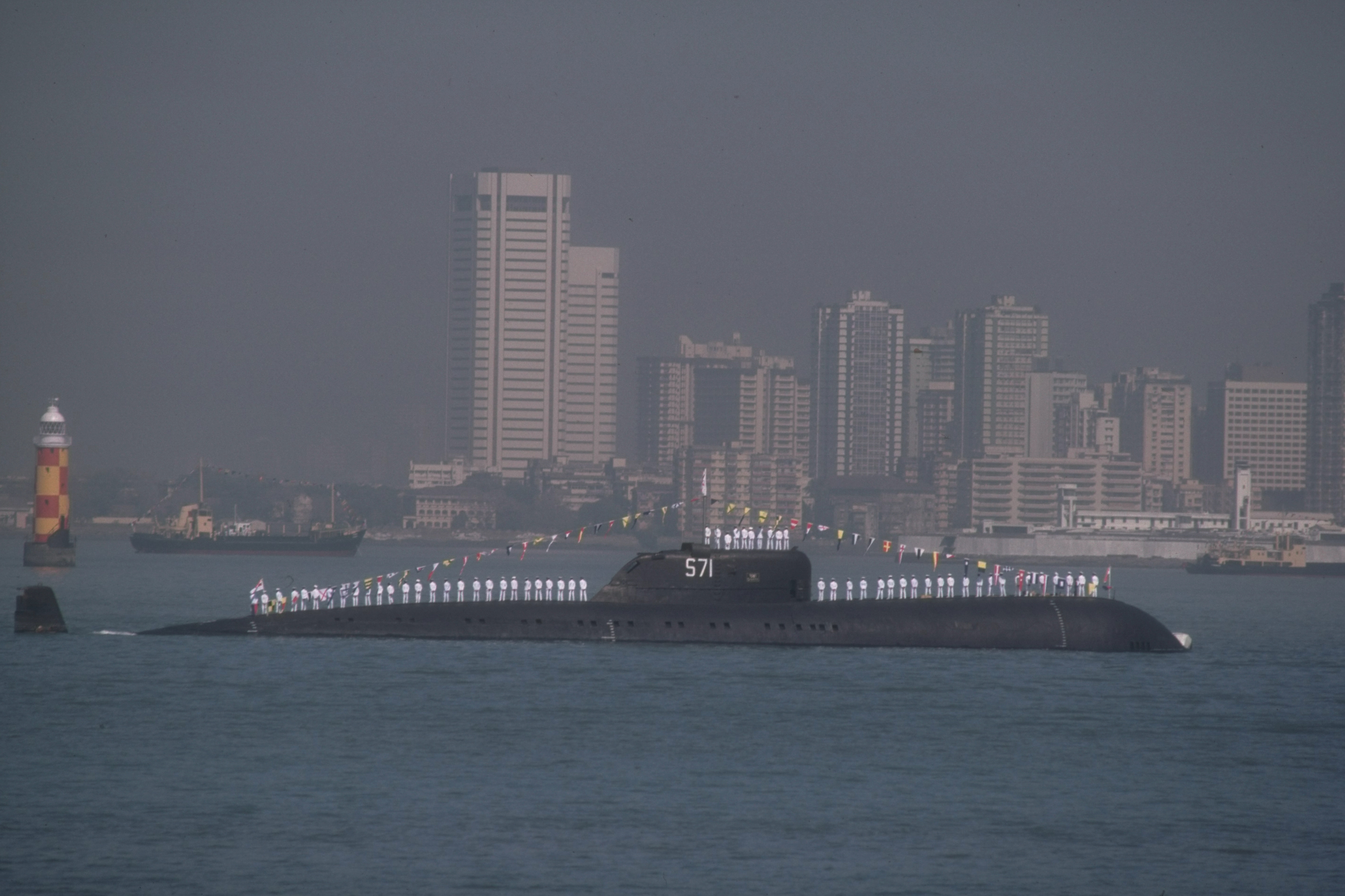
A follow-on SLBM, the K-4, is now being envisaged for INS Arighat. While a load of four SLBMs is still significantly smaller than on comparable SSBNs, the K-4 does offer the advantage of a much greater range, reportedly in excess of 2,175 miles.
Otherwise, in terms of specifications, the INS Arihant and Arighat are reportedly 366 feet long, with a displacement of around 6,600 tons. The two SSBNs share the same propulsion system: a locally developed pressurized light-water reactor generating 83 megawatts of power. This reportedly provides a speed of 12 to 15 knots when surfaced and 20 to 24 knots when submerged and allows the SSBNs to remain submerged for months on end.
Still, even the newly commissioned INS Arighat is considered a stepping-stone toward even more capable SSBNs. These first two boats have been described in the past as ‘pocket boomers,’ being considerably smaller than other nuclear-powered ballistic missile submarines, although still larger and much more capable than the conventionally powered ballistic missile subs operated by North and South Korea.
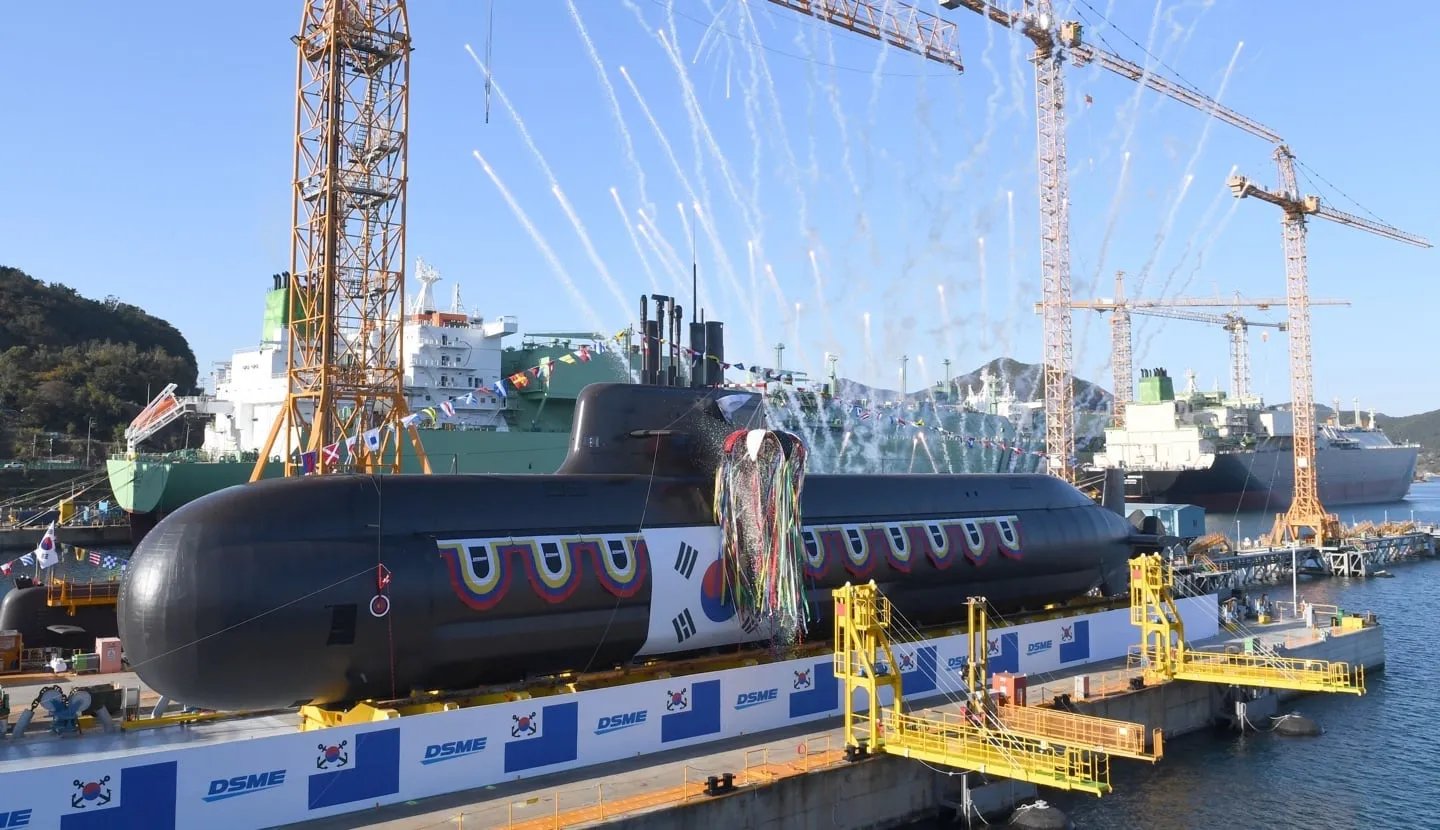
The Indian Navy’s next ‘boomer,’ INS Aridhaman, will be larger than the first two, with a displacement in the region of 7,720 tons and with K-4 SLBMs as its primary weapon. Presumably, a larger number of K-4s will be carried, reportedly between eight and 12, although there are also suggestions that a new SLBM, with a range of over 1,864 miles, could be earmarked for India’s next ballistic missile submarine. There are reports that the third Indian SSBN, also known as S4, could be commissioned as early as next year.
A fourth SSBN is also under development, under the Advanced Technology Vessel (ATV) program, although details of its planned capabilities are scarce. This boat is sometimes known as the S4* design.
Taken together, however, India’s SSBN developments indicate that the country is now prioritizing its sea-based nuclear deterrent, which for many years has been somewhat neglected in favor of land-based and air-launched strategic nuclear weapons. These include the Agni series of ballistic missiles and freefall nuclear bombs delivered by combat jets such as the Jaguar and Su-30MKI.
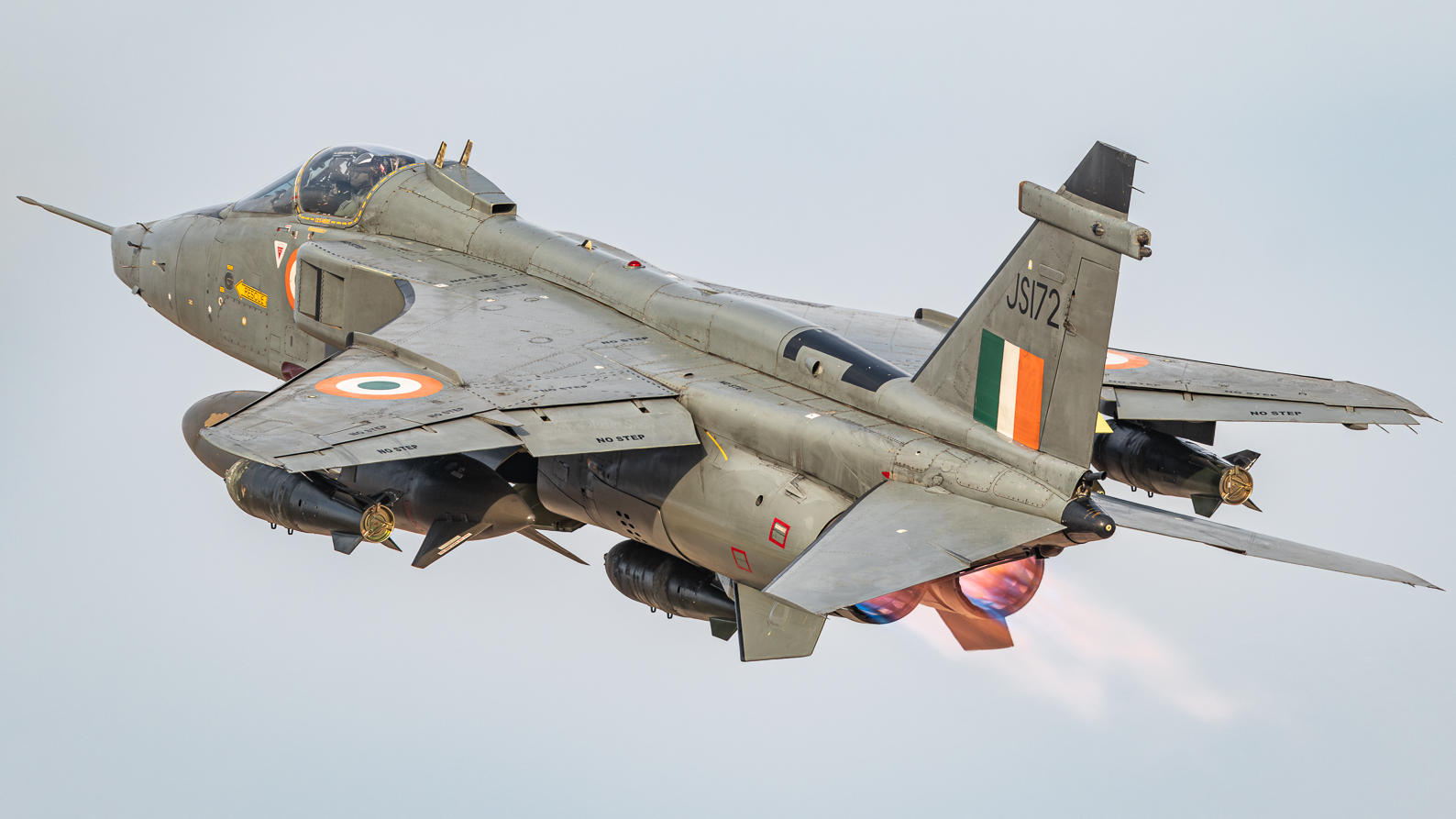
A viable submarine-based nuclear deterrent is traditionally most survivable leg of the strategic nuclear triad and one that fits with India’s stated policy of ‘no-first-use,’ a commitment to not using nuclear weapons unless they are first employed against it.
Having a fleet of hard-to-detect SSBNs makes it much harder for an aggressor to knock out India’s nuclear weapons delivery systems in a surprise first strike, with submarines and SLBMs offering the best chance of launching retaliatory strikes, which is known as a ‘second strike’ capability.
As noted before, however, the current K-15 missile offers only a limited range, making it considerably less potent than comparable SLBMs fielded by China, for example, as well as by France, Russia, the United Kingdom, and the United States, the only other nations that currently field SSBNs. In this way, the K-15 is a less-survivable strike option in scenarios involving China, which India hopes to address with the K-4 and its next two, larger and more capable SSBNs.
The Chinese People’s Liberation Army Navy (PLAN) currently operates six Type 094 Jin class SSBNs that can each be armed with 12 JL-3 SLBMs that could have a range of up to 7,500 miles, or 12 JL-2 SLBMs thought to have a range of between 4,970 and 5,592 miles. Construction of the Type 094 is continuing and the PLAN has a new Type 096 SSBN in development, which will also carry JL-3s.
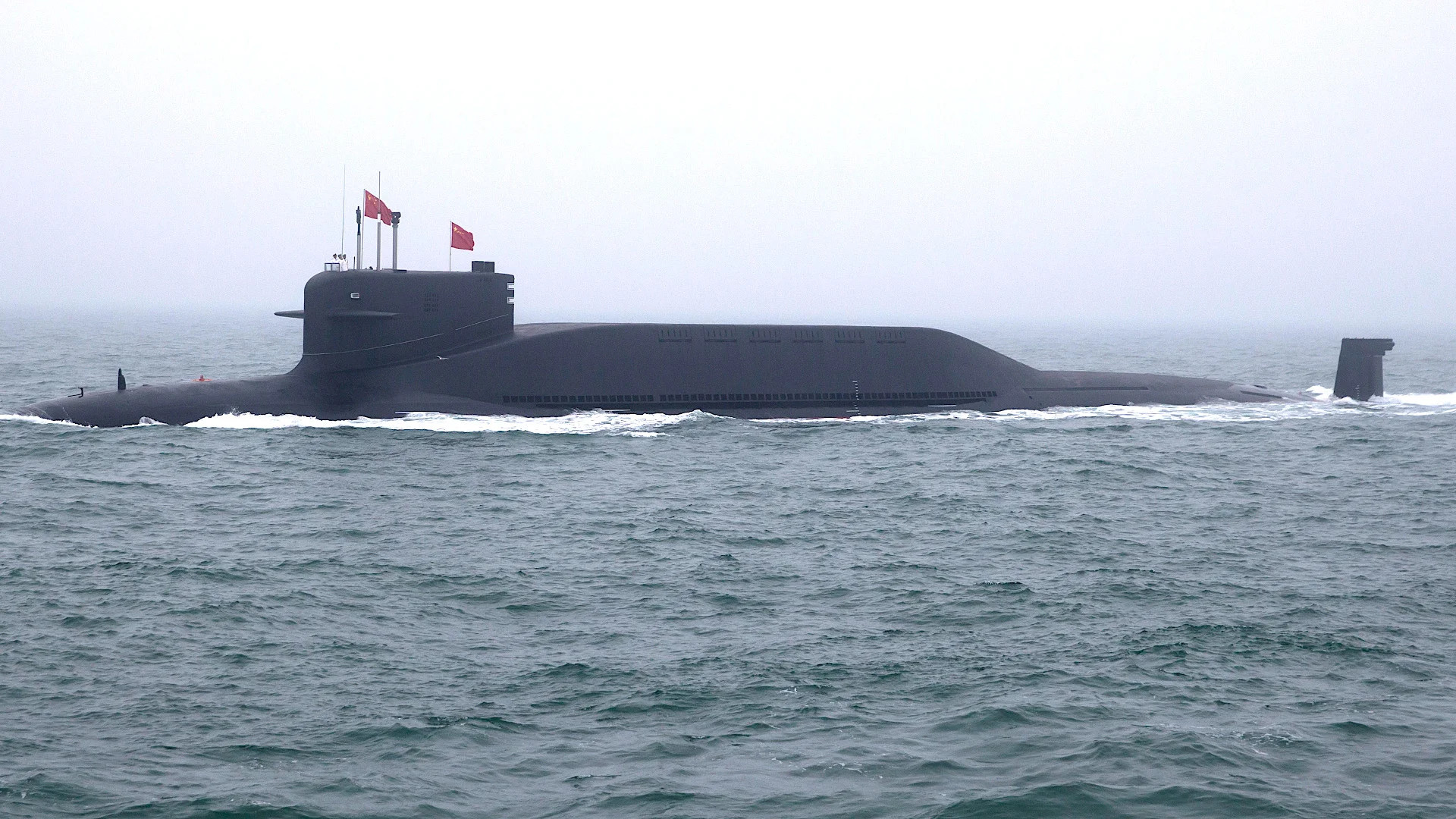
A Chinese Type 094 ballistic missile submarine. Mark Schiefelbien/AFP via Getty Images
Clearly, the Indian Navy’s SSBN fleet is vastly outmatched by China’s, not only in terms of numbers and operational experience but also in terms of the range of its missiles and the number of strategic targets that it can hold at risk.
Nevertheless, the service entry of India’s second SSBN, and its secretive improvements, is a major advance for the country.
Speaking to TWZ, Angad Singh, an Indian defense journalist and contributor to this website, noted that “Any forward movement is good. The commissioning confirms the maturing and expansion of the most survivable leg of India’s nuclear triad. But while Arighat is a welcome addition to the fleet, there’s a long way to go even to match India’s chief rival, China, let alone surpass it. Longer-range SLBMs and bigger, more capable ‘boomers’ are in development, but it will be some time before India’s undersea nuclear capabilities can be considered sufficient for the country’s security challenges and global power aspirations.”
However, New Delhi’s commitment to a viable sea-based deterrent should see additional nuclear-powered ballistic missile submarines fielded in the coming years and, with them, further improvements in capabilities that will bolster its strategic nuclear triad.
Contact the author: thomas@thewarzone.com
